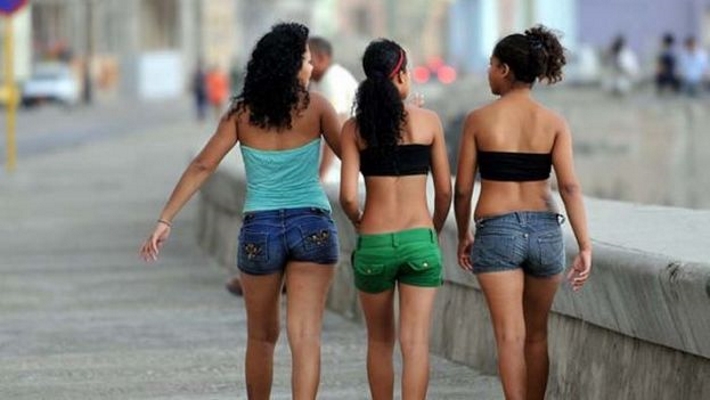
 Cubanet, Gladys Linares, Havana, 5 December 2016 — I don’t remember exactly how much time had passed since I’d seen Cristina, but it must have been more than three years, because today, when I saw her at the home of a mutual friend and asked about her daughter, who had caused her so many headaches, she responded, very content, “She’s good, calm, married and has a son who is about to turn two.”
Cubanet, Gladys Linares, Havana, 5 December 2016 — I don’t remember exactly how much time had passed since I’d seen Cristina, but it must have been more than three years, because today, when I saw her at the home of a mutual friend and asked about her daughter, who had caused her so many headaches, she responded, very content, “She’s good, calm, married and has a son who is about to turn two.”
When Cristina turned 16 and was studying in high school, she started to change radically. At first she made up the story that she was studying with some classmates, and was late or that she slept over at some girlfriend’s house. And so, little by little, until she stopped showing up some night at all, although she continued in high school and some teachers said she was a good student.
Then she left school and started to disappear more often, sometimes even for a week. Desperate, her mother went out looking for her and tried everything to discipline her, from persuasion to violence, but without results. According to a friend, the young woman said she didn’t continue her studies because even if she graduated she would not be able to meet her basic economic needs, and that what she needed was “a yuma [foreigner] to be able to live well.” continue reading
Among her clients was a Spaniard three times her age. This gentleman wanted to meet her mom and came to collect her at home. The girl ended up pregnant. The Spaniard repaired the house, which was in very bad conditions. When the child was born he married her and came by even more often. He took her to live in Spain for a time, but she couldn’t adapt. His family lived there, his kids, his grandkids — some of them older than she was — and she didn’t feel comfortable among them.
Then, he bought her a mansion in La Vibora, on Santa Catalina Avenue. It had land with fruit trees, a swimming pool, servants and it was peaceful. The Spaniard even bought a car for when he was in Cuba, and when her husband was gone she had a chauffeur.
Although I can’t think that this is what Cristina as a mother would have wanted for her daughter, the truth is that at least the young woman is not spending her nights in the streets looking for clients, being extorted by pimps or police or risking going to jail at any moment.
This story of the life of a prostitute is not the happiest, but in today’s Cuba, this has become the golden dream of a prostitute. Nor is it the exception: many young women come to the oldest profession to escape the poverty and the homelessness our population faces.
For years, Fidel Castro thundered that the Revolution had ended gambling and prostitution, “the evils of the capitalist society,” although later he was forced to publicly recognize its existence: “Our prostitutes are the healthiest and best educated in the world,” said Castro, which is also a lie.
And with the economic crisis that began in the ’90s, the so-called “special period in times of peace,” prostitution spreads like wildfire. Today, thousands and thousands of young people throughout the country turn to this practice to satisfy their economic needs and/or their anxiousness to emigrate. Surprisingly, the hookers are not looked badly on by a broad sector of the population, but in many cases are admired, because in general they display a higher standard of living that is possible in Cuba on the salary of a job.

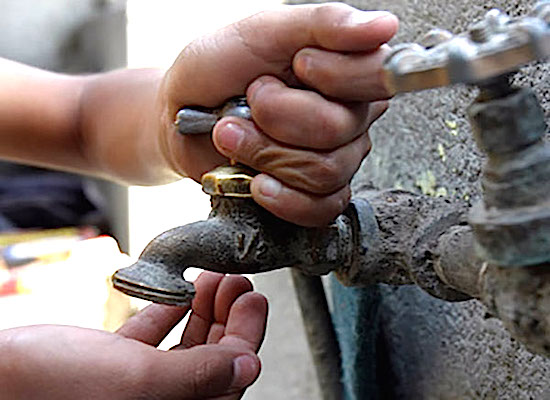

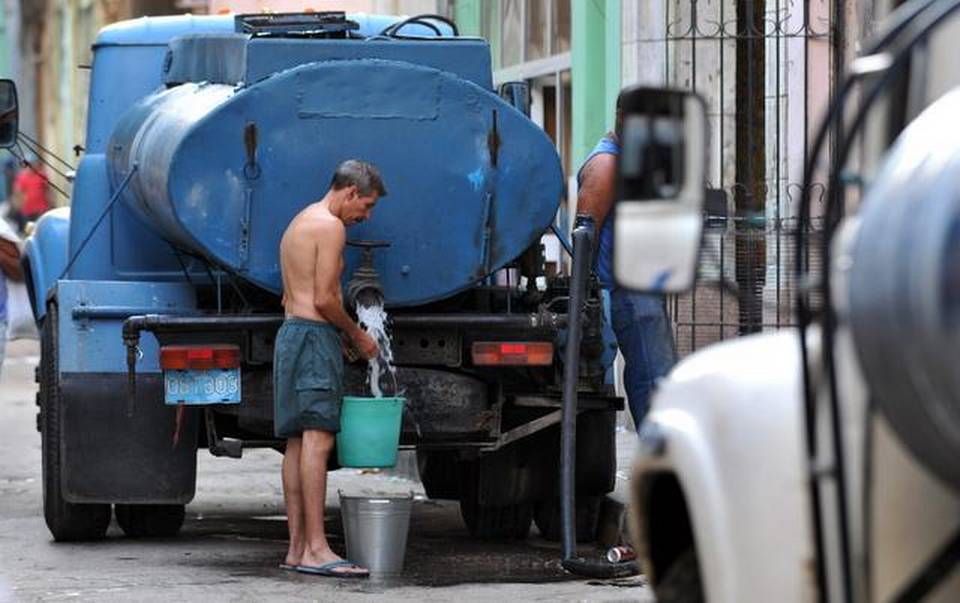

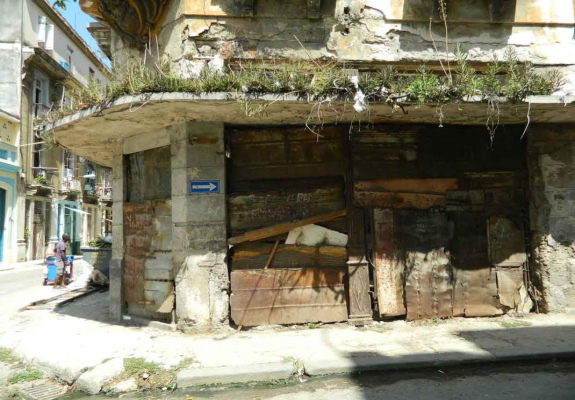

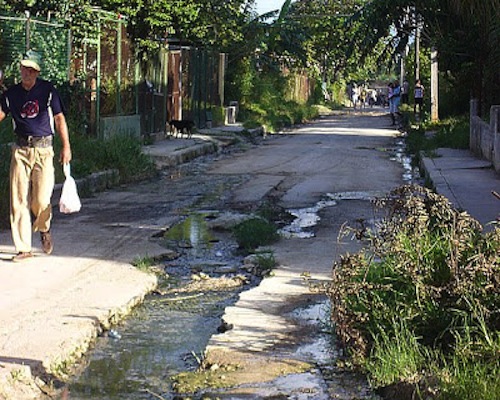
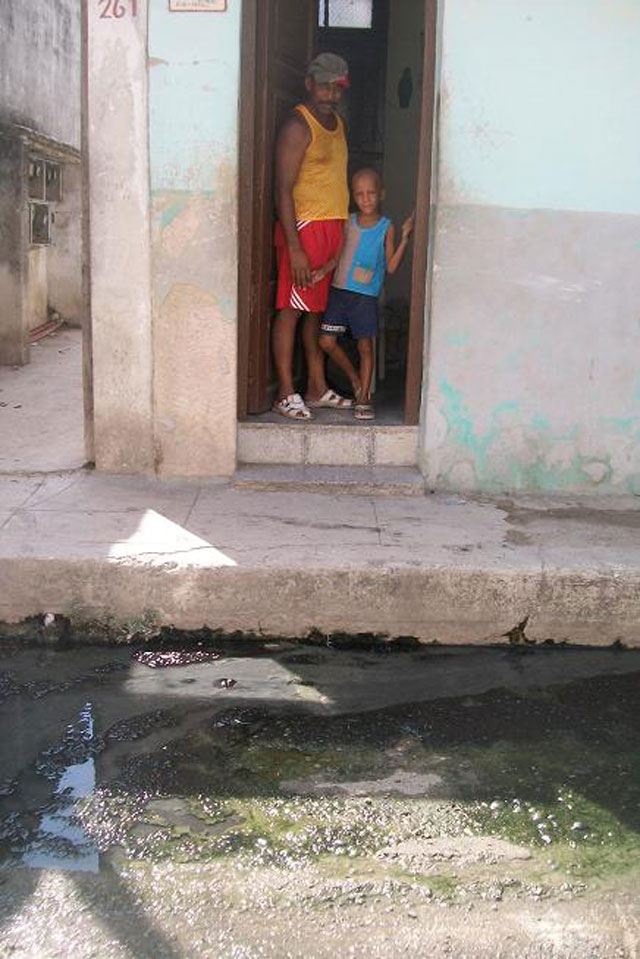

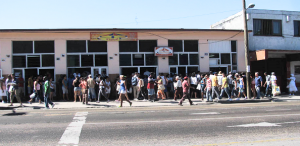
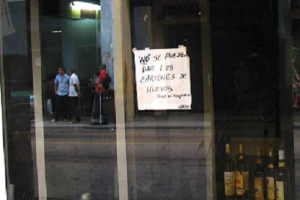
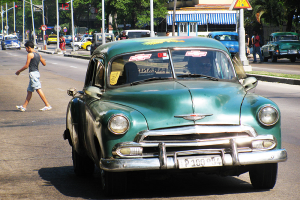






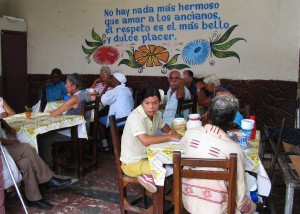
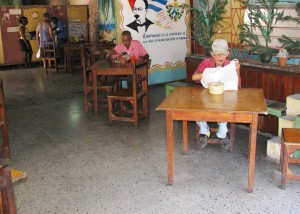
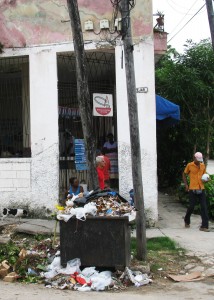
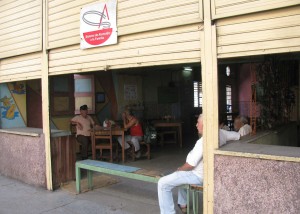
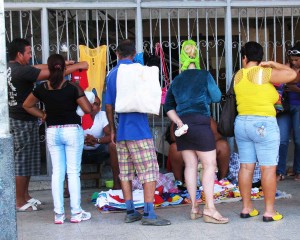
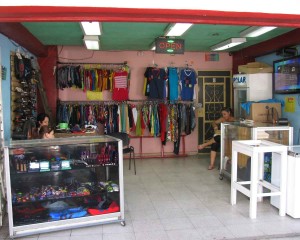
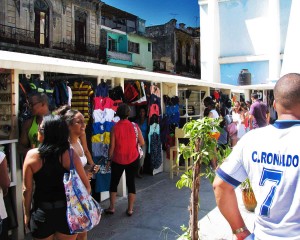
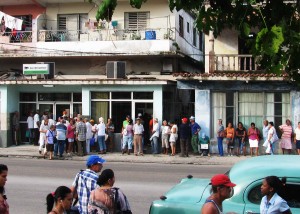



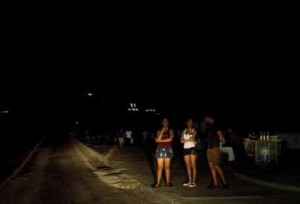
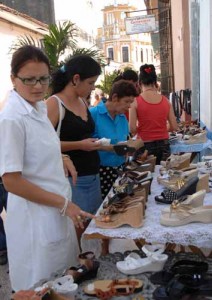

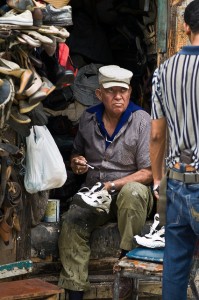
 Gladys Linares was born in Cienfuegos in1942 and is a school teacher. She worked as a professor of geography and as director of various schools for thirty-two years. In late 1990 she joined the Movement for Human Rights through the Women’s Humanitarian Front. She was an active participant in the Cuban Council and the Varela Project. Her writings reflect daily life in Cuba.
Gladys Linares was born in Cienfuegos in1942 and is a school teacher. She worked as a professor of geography and as director of various schools for thirty-two years. In late 1990 she joined the Movement for Human Rights through the Women’s Humanitarian Front. She was an active participant in the Cuban Council and the Varela Project. Her writings reflect daily life in Cuba.